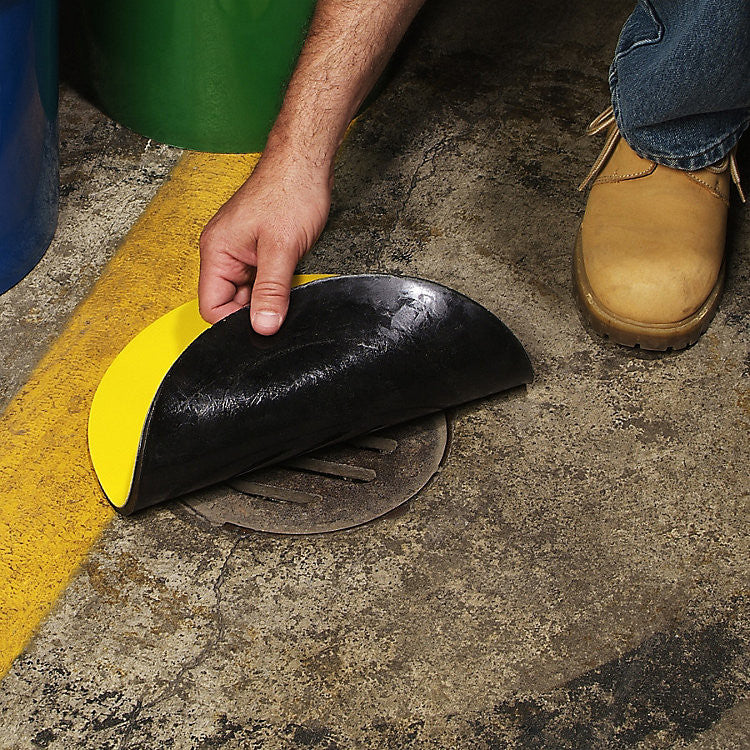
Active Containment versus Passive Containment
 Have you heard the words active and passive used when people are talking about their Spill Control plans? Are you unsure what those terms mean in relation to spill safety? Let New Pig explain!
Have you heard the words active and passive used when people are talking about their Spill Control plans? Are you unsure what those terms mean in relation to spill safety? Let New Pig explain!
Active and passive containment are two ways to handle discharge from a container or piece of equipment. These spills are typically smaller and more easily contained than larger worst-case discharges.
Active Containment
Active containment means that someone has to take action to put containment devices in place. The containment may be deployed before an activity begins or in reaction to a discharge, but it requires people.
Active containment measures include:
- Placing drain covers over storm drains before an oil transfer
- Placing drain covers over storm drains during spill response
- Using a spill kit in the event of an oil spill
- Using a spill response team in the event of an oil spill
- Closing a gate valve prior to an oil discharge
Just remember that when active containment measures are outlined in your Spill Control plan, they must clearly specify the people who are available to deploy the solutions listed.
Passive Containment
Passive containment is something you put into place to contain spills before they happen. These devices can control the situation all by themselves and don’t need you to be actively involved. You can create reliable permanent or semi-permanent containment for continuous protection — and you won’t have to babysit. This is especially advantageous if you have remote sites that are not routinely staffed.
Many passive containment systems provide containment for certain containers and oil-filled equipment that are capable of creating a worst-case scenario spill.
Passive containment devices can include:
So there you have it. Understanding active and passive containment and including these measures in your Spill Control plan helps you prepare to handle spills and prevent discharges into the environment.

